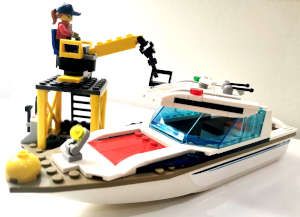Build and Push Container Images in Kubernetes with Argo Workflows

2 min read | by Jordi Prats
Building container images directly in Kubernetes offers a streamlined and efficient way to manage your containerized applications. Tools like Kaniko allow you to build container images inside Kubernetes Pods. In this post, instead of using other frameworks like Tekton or Shipwright, we'll define our custom pipeline directly with Argo Workflows.
First, we'll create a secret to authenticate with the Docker registry using a Kubernetes secret with the dockerconfigjson. We can do this by setting all the credentials in the secret:
kubectl create secret docker-registry dockerhub-registry \
--docker-server=$REGISTRY_SERVER \
--docker-username=$REGISTRY_USER \
--docker-password=$REGISTRY_PASS \
--docker-email=$REGISTRY_EMAIL
Or directly import our config.json file:
kubectl create secret generic dockerhub-registry \
--from-file=.dockerconfigjson=~/.docker/personal-config.json \
--type=kubernetes.io/dockerconfigjson
With this secret (assuming public access to the repository), we can build and push the container image using the following Argo Workflow and Kaniko. To do so the workflow will look very similar of what a Pod definition running kaniko would look like:
apiVersion: argoproj.io/v1alpha1
kind: Workflow
metadata:
generateName: build-and-push-image-
spec:
entrypoint: kaniko-build
volumes:
- name: kaniko-secret
secret:
secretName: dockerhub-registry
items:
- key: .dockerconfigjson
path: config.json
templates:
- name: kaniko-build
container:
image: gcr.io/kaniko-project/executor:latest
args:
- --dockerfile=Dockerfile
- --context=git://github.com/jordiprats/django-ampa.git#refs/heads/main
- --destination=jordiprats/ampa:kaniko
volumeMounts:
- name: kaniko-secret
mountPath: "/kaniko/.docker"
We can now create the workflow and check its status:
$ kubectl create -f kaniko-workflow.yaml ; kubectl get workflow -w
workflow.argoproj.io/build-and-push-image-gvfs4 created
NAME STATUS AGE MESSAGE
build-and-push-image-gvfs4 Running 0s
build-and-push-image-gvfs4 Running 10s
build-and-push-image-gvfs4 Succeeded 60s
Posted on 24/10/2024